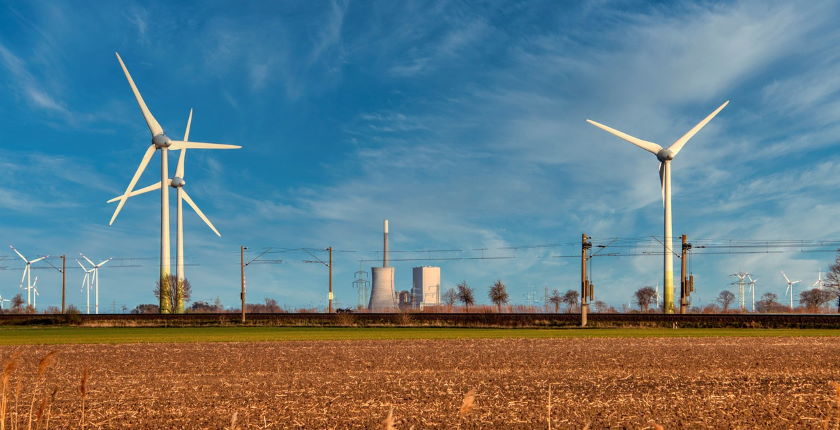
Photo: Hans-Jürgen Münzer from Pixabay
As the coronavirus lockdown measures crippled the global economy last year and led to a fall in electricity demand. The cut in output from power plants using fossil fuels was much bigger than from units using low-carbon sources. The coal sector showed the greatest weakness in the market, and the trend is poised to continue.
Carbon dioxide emissions from the power sector dropped significantly with the coronavirus-induced economic downturn and the resulting reduction of electricity demand worldwide. Scientists found coal-fueled thermal power plants suffered the biggest drop in production, resulting in a decrease of carbon intensity on a global scale, with a notable exception in China.
According to an article published in Nature Climate Change, the power sector has a crucial role in the decarbonization of the entire energy system and was already in the midst of a dynamic transformation process before COVID-19. The authors, mostly from the Potsdam Institute for Climate Impact Research in Germany, noted that renewable energy has been expanding the most in recent years due to falling costs and improvements in performance.
Power sector’s CO2 emissions may have peaked in 2018
Fossil fuels, predominantly coal and gas, are still the main source of power in most countries, but 2018 may turn out to be the year when the sector’s CO2 emissions reached their maximum. After a decline in 2019, last year they slumped between 4.9% and 9%, with a median level of 6.8%, the paper said.
Power sector CO2 emissions tumbled as much as 50% year on year at some points during pandemic lockdowns
In the first three quarters of last year, monthly electricity demand in India, the United States, and Europe has declined as much as 20% on a year-to-year basis, while related CO2 emissions were halved in some cases! The authors said that when demand drops, plants with the highest variable costs are switched off first.
Coal power faces uphill battle
Coal and gas power plants are burdened with fuel costs, unlike those that use low-carbon sources – wind and solar power plants and nuclear facilities in particular. The share of extraction, transportation, and maintenance costs is higher for coal than gas. Gas is usually more expensive overall, but the drop in gas prices was strong, and coal expenses were kept elevated with the European Union’s Emissions Trading System or ETS.
Carbon pricing is one of the most powerful tools in the transformation of the power sector
Potsdam’s scientists said the best support for the energy transition in the sector would be to strengthen carbon pricing and eliminate subsidies for fossil fuels. They added wind and solar, and other low-carbon technologies should be propped up as well. An important characteristic of carbon pricing, making it indispensable in the medium term, is that it counteracts the consumer price reductions of fossil fuels.
Fossil fuels retreat when solar, wind expand
The authors said power output from fossil fuels drops when the expansion of low-carbon generation, including hydropower, surpasses the increase in power demand. They said fossil fuel generation and emissions could still increase through 2024, but that they would reach the 2018 peak level only with very high demand increases or very low additions of low-carbon generation.
“Existing plans to expand the fleet of coal-based power plants face very immediate risks of resulting in stranded assets, both due to fast technological change and climate change considerations. Only with a very strong rebound of demand and indiscriminate support also for inefficient industries would fossil generation be able to expand back to 2018 levels, but it would be the first to lose market share in repeated suppression of demand, due to either crises or increased efficiency,” the scientists wrote.


















Be the first one to comment on this article.